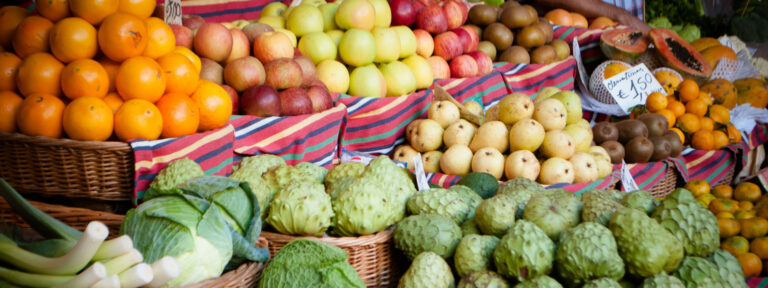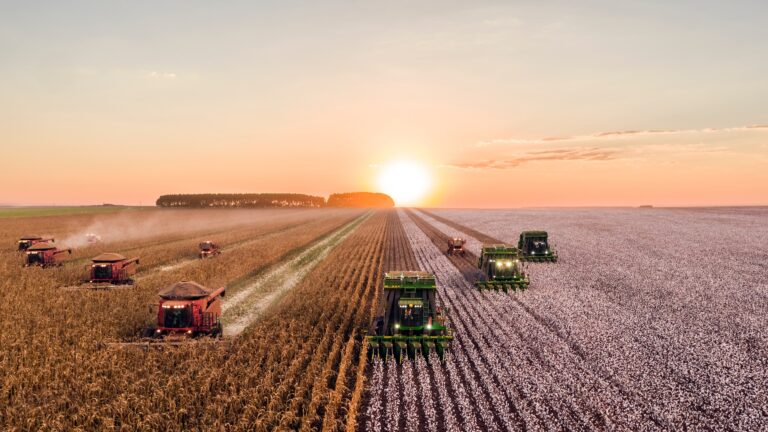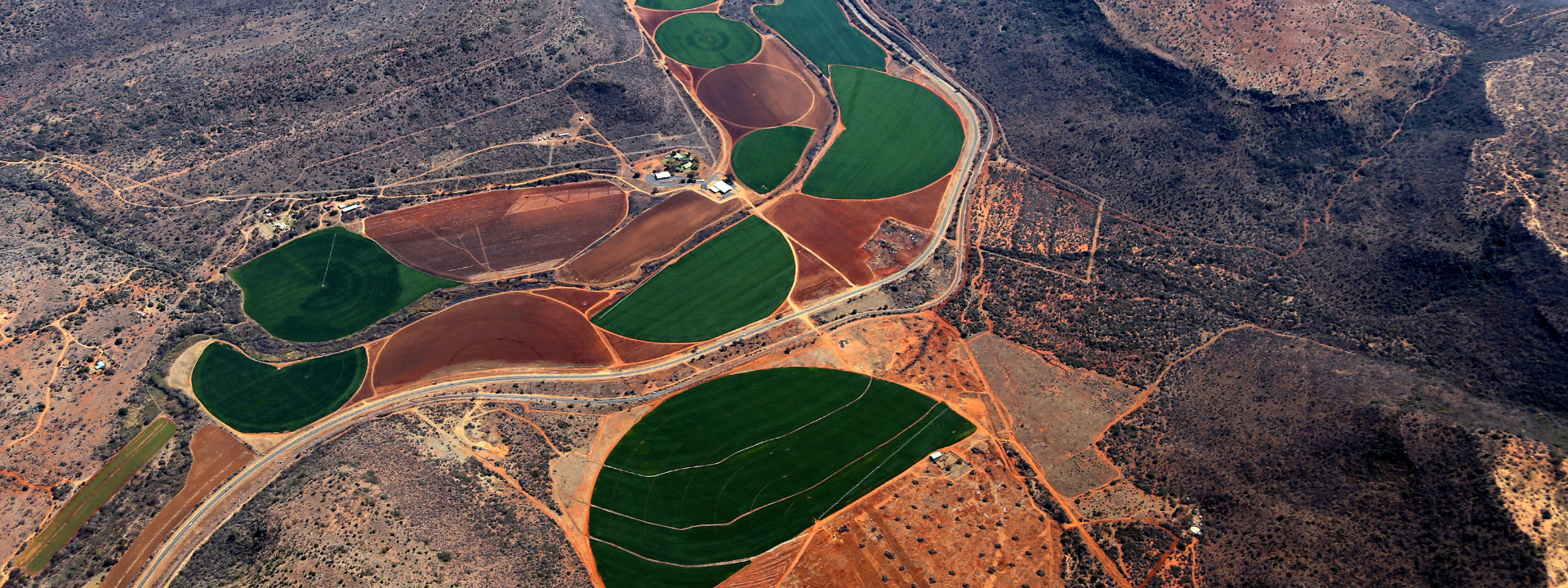
UN report: Food systems “at breaking point”
A new report by the UN’s Food and Agricultural Organisation (FAO) warns that our modern agricultural systems are stretched to breaking point, spelling worsening environmental impacts and an increasing threat to food and water security. This is particularly alarming as continued population growth will lead to even higher food demand.
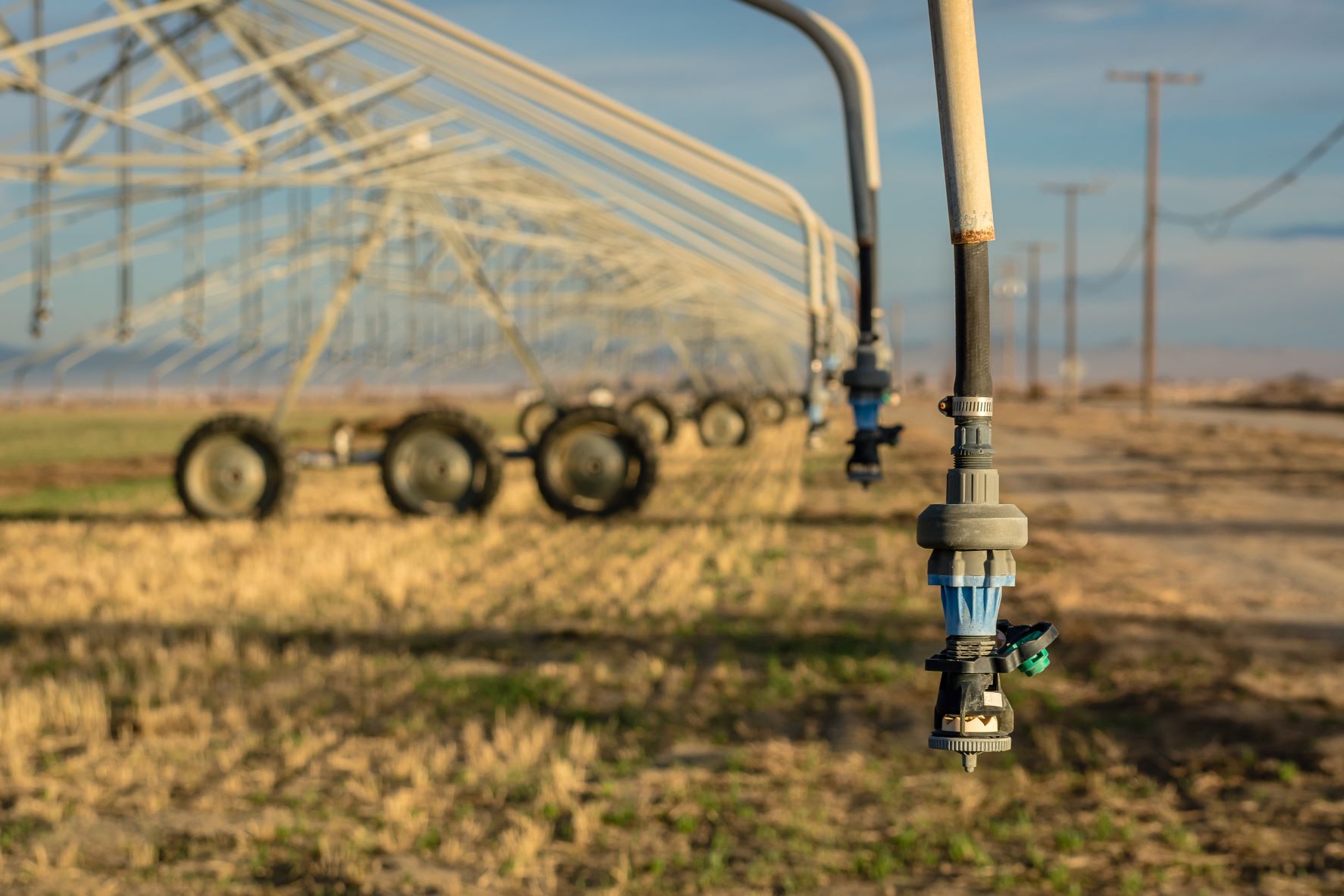
The 2021 State of the World’s Land and Water Resources for Food and Agriculture (SOLAW) report states,
“Human use of land and water for agriculture has not yet peaked, but all evidence points to slowing growth in agricultural productivity, rapid exhaustion of productive capacity and generation of environmental harm.”
The authors note that the situation has “much deteriorated” since the last SOLAW report was published in 2011.
Agriculture and the environment
Half of all habitable land on Earth is used to grow crops or as livestock pasture – farming is the primary cause of biodiversity loss and deforestation.
Human population growth is a major driver of conversion of nature to agriculture, but productivity increases due to intensification mean less land area is now required to feed the same amount of people. However, the resulting increased use of fertilizer and pesticides, mono-cropping, farm machinery, and irrigation, as well as intensive livestock rearing, have also had dire environmental impacts, leading to biodiversity loss, air and water pollution, climate emissions and water shortage.
Overall, our food systems are responsible for almost a third of greenhouse gas emissions, contributing 21% of global carbon dioxide emissions, 53% of methane emissions, and 78% of nitrous oxide emissions.
With our population expected to increase by two billion people by mid-century, the FAO estimates that the total amount of food produced will need to double relative to 2012 to meet demand and achieve the Sustainable Development Goal (SDG) of ending hunger (progress towards which has been reversed in recent years). Production in South Asia and sub-Saharan Africa will need to more than double to meet estimated calorific requirements, while the rest of the world will need to produce at least 30% more food.
This poses a serious dilemma as further land use change and intensification are not compatible with meeting climate goals and ending the extinction crisis.
Food and water security
While agriculture is a driver of climate change, it is also heavily impacted by it in a vicious feedback loop. Warming temperatures combined with overexploitation of soils have lead to a global land degradation crisis.
Almost half of all global land area is being degraded, meaning it is becoming less fertile and its ecosystem functions are being impaired. Whilst land degradation can in most cases be reversed, this requires extensive restoration efforts.
South Asia is the worst-affected region, with 41% of land degraded by humans, of which 70% is strongly degraded.
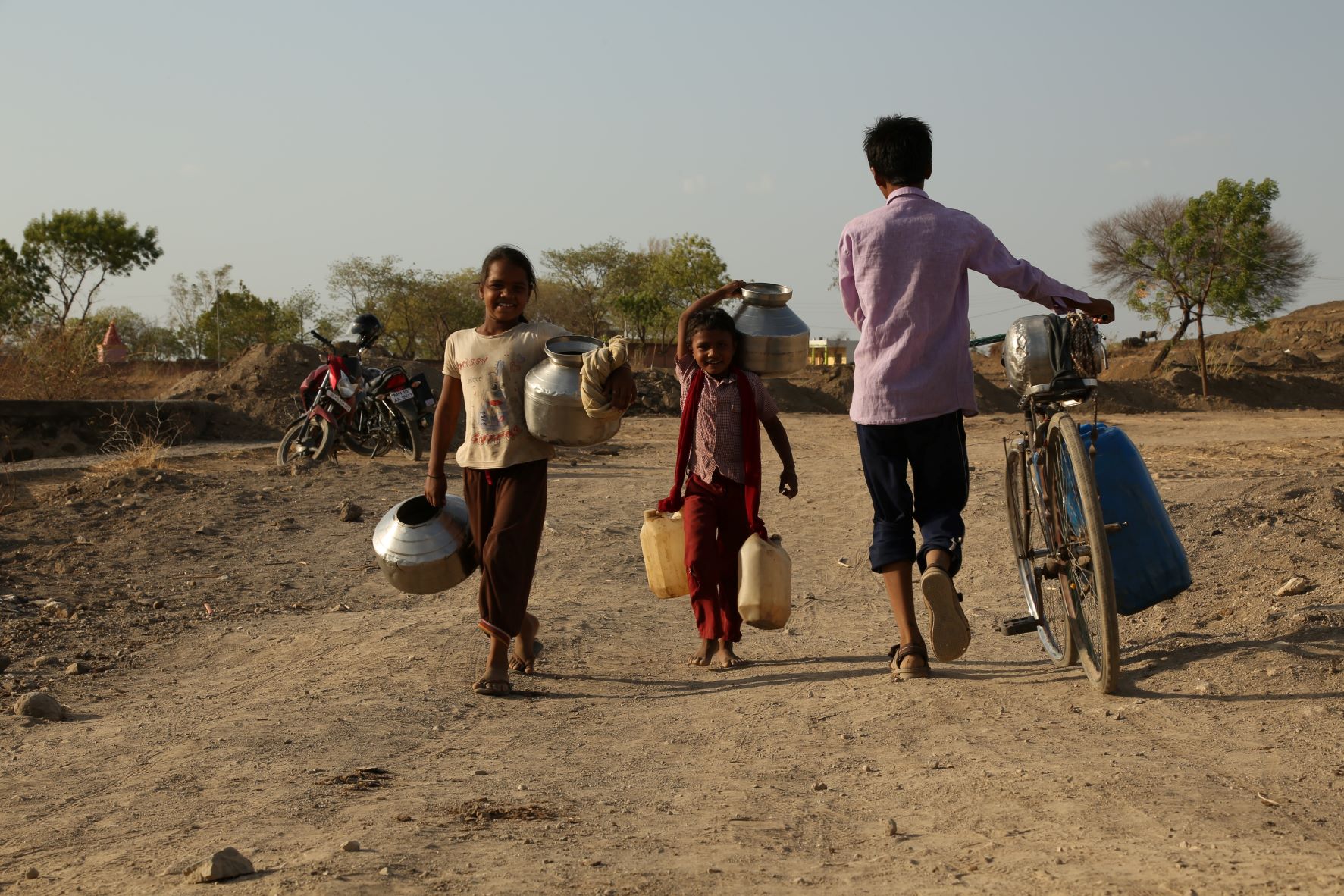
Agriculture is responsible for almost two-thirds of global freshwater extraction and will require ever more water as croplands become drier under climate change. Groundwater withdrawals for crop irrigation alone increased by about 20% over the past decade. But climate warming itself is also drying up water sources, which will lead to many areas becoming increasingly reliant on expensive desalination technology. Around 1.2 billion people, 14% of the world’s population, currently live in areas with severe water shortages and scarcity.
Many of the areas worst affected by food and water stress are also among the fastest growing population-wise, which could lead to forced migration on a massive scale and make the achievement of the SDGs related to hunger, health and poverty immensely challenging.
Proposed solutions
The report suffers from limp language when it comes to proposing practical, lasting solutions. It urges better land management, supporting farmers to implement more sustainable practices and utilising technological innovation.
It even suggests taking advantage of increasing temperatures in some areas by expanding crop production into higher latitudes, especially Canada and northern Eurasia, but ignores the environmental implications for these increasingly rare remaining wildernesses.
Unlike other recent reports on food systems, the authors don’t acknowledge the urgent need to reduce humanity’s demand for meat and dairy and to tackle food waste. It also fails to promote empowering solutions, including girls’ education and family planning, that could put the SDGs within reach and reduce the tremendous pressure on food systems and the environment by slowing population growth.
The only true way out of this escalating crisis is to address the root causes. As Population Matters Patron Sir David Attenborough states:
“All our environmental problems become easier to solve with fewer people, and harder – and ultimately impossible – to solve with ever more people.”

